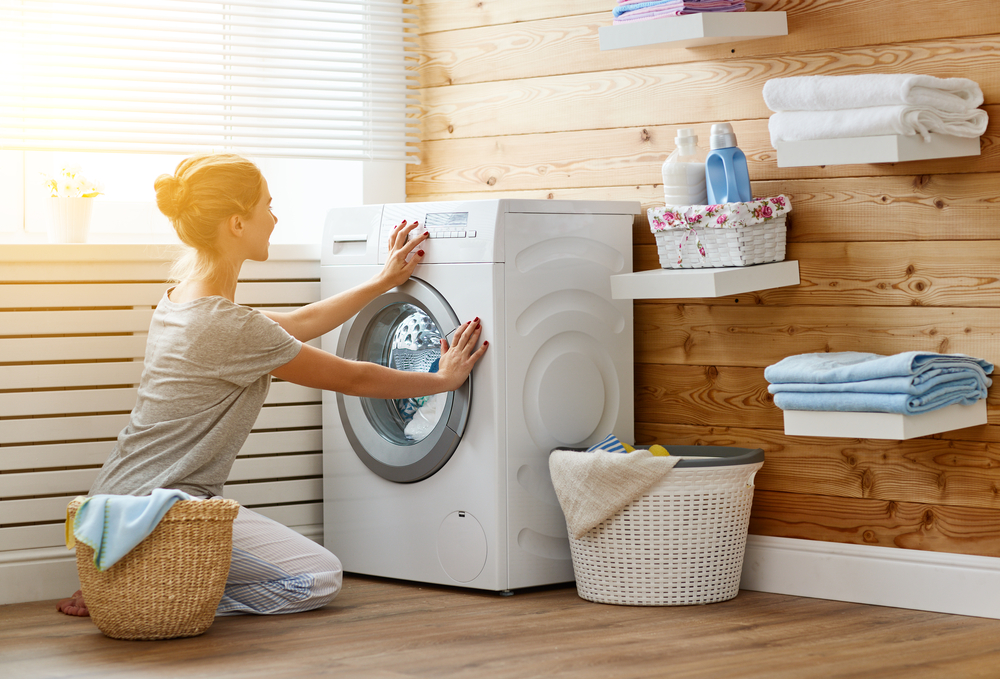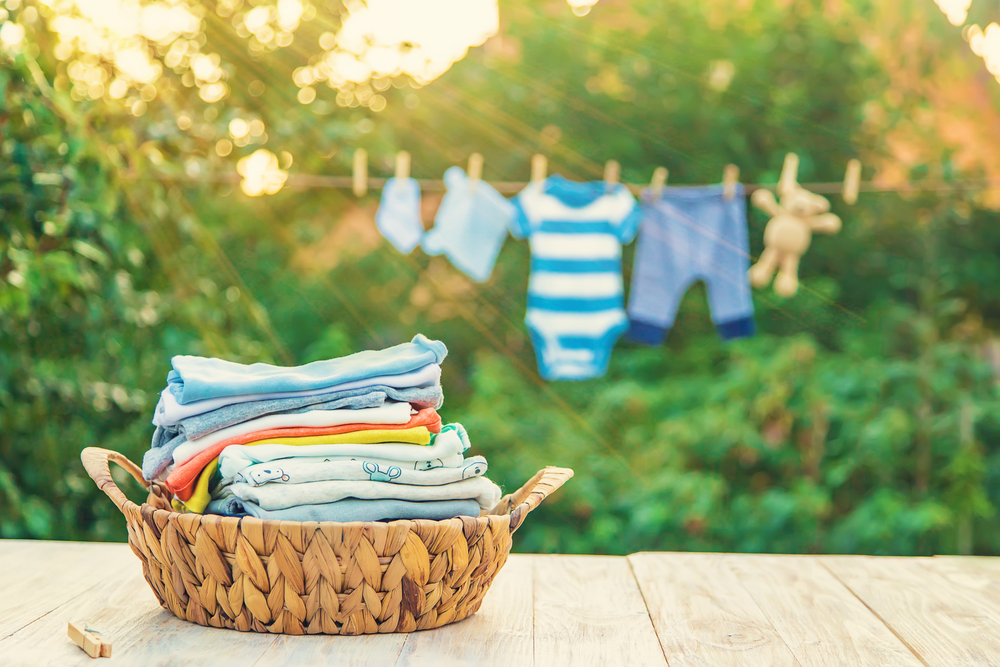How to Save Money When Doing Laundry
Whether there is one person or a dozen living in a home, clean clothes don’t appear like magic. Doing laundry is a necessary household chore, and it’s also a chore that can waste energy if homeowners aren’t mindful.
Larger families might wash multiple loads of laundry in one day. A single homeowner or a couple might only need to deal with the laundry a few times a week or maybe just weekly. No matter how frequently or infrequently the washing machine is used, here’s how to save money when doing laundry:
- Only wash full loads
- Use the coldest setting possible
- Don’t double-wash
- Upgrade to energy-efficient washer and dryer
- Don’t tumble clothes twice
- Don’t overfill the dryer
- Clean the dryer vent
- Line-dry during warm days
- Choose optimum dry cycles

Tips for Saving Money When Washing Clothes and Linens
The washing machine uses electricity but it also uses lots of water. When homeowners are washing clothes and linens there are a few simple tips to decrease energy waste when using the washing machine.
Wash Only Full Loads
Washing a few items might be necessary on occasion, but try to avoid this wasteful habit. Washing only full loads ensures more efficient use of the washing machine.
Use the Coldest Temperature Setting Recommended
Choosing the hot water temperature means that the water heater will be tapped (more energy). Instead, wash clothing in cooler water, when it’s safe to do so. However, some stains and some grime need hot water to come clean and kill germs/bacteria.
Don’t Double Wash
Double washing is what happens when homeowners forget to take their clothes out of the washer. The clothes might sit overnight and then take on a musty or unsavory odor. The solution? Wash the clothes again.
Try to avoid doing laundry too late at night when it might be too easy to fall asleep during that wash cycle. Choose a convenient time to wash clothes and linens and remove them from the washing machine promptly.

Energy-Saving Dryer Tips
The clothes dryer is either powered by natural gas or electricity. Depending on how often homeowners toss clothes into that dryer, the costs of these energy sources could be bumped. Here’s how to save money when using the clothes dryer:
Don’t Tumble Clothes Twice
When the drying cycle stops, remove clothes promptly. Waiting to remove clothes could leave the items wrinkled and looking not so fresh. When homeowners forget to grab their laundry from the dryer, they might opt for another cycle—albeit a short cycle. Still, drying those clothes a second time is an energy waste.
Don’t Overfill the Dryer
The dryer needs some space inside to tumble clothes and dry them efficiently. Don’t overfill the dryer; this can put pressure on the appliance and it causes clothes to take longer to dry. Make sure each load has plenty of space for tumbling.
Clean the Dryer Vent
The dryer vent behind the dryer can get clogged. Homeowners should have their dryer vent serviced regularly. This could be a yearly service, or homeowners might need multiple services throughout the year. A clogged dryer vent causes the appliance to work harder, and the heating element could overheat. In addition, a clogged or lint-ridden vent could be a fire hazard. Homeowners also need to clean out the lint trap in the front of the dryer after every cycle.
Line-Dry During Warm Days
Hot summer days could give homeowners a break from their dryer. Install a clothesline and hang clothes to dry during hot summer days. Not only will clothes smell fresh, but homeowners will save energy from not using their dryer.
Choose Optimum Dry Cycles
Some clothes dry quickly, while others might need a longer dry cycle (like thick towels or sheets). Choose the best dryer time and setting for each load.
Save Money by Upgrading to Energy-Efficient Washers and Dryers
Washing machines and clothes dryers typically last about a decade. When it’s time to upgrade to a new appliance, homeowners can choose ENERGY STAR washers and dryers for the most eco-friendly laundry option.
Washing machines that include the ENERGY STAR label use a quarter less energy and a third less water than their standard counterparts. Dryers with the ENERGY STAR label use 20 percent less energy.
Since the washer and dryer accounts for 13 percent of the energy consumption in the home, choosing an energy-efficient upgrade could lead to monthly savings on utility costs. Combined with other changes in laundry habits to reduce energy waste, these appliances could help homeowners decrease their carbon footprint and save money in the laundry room.


